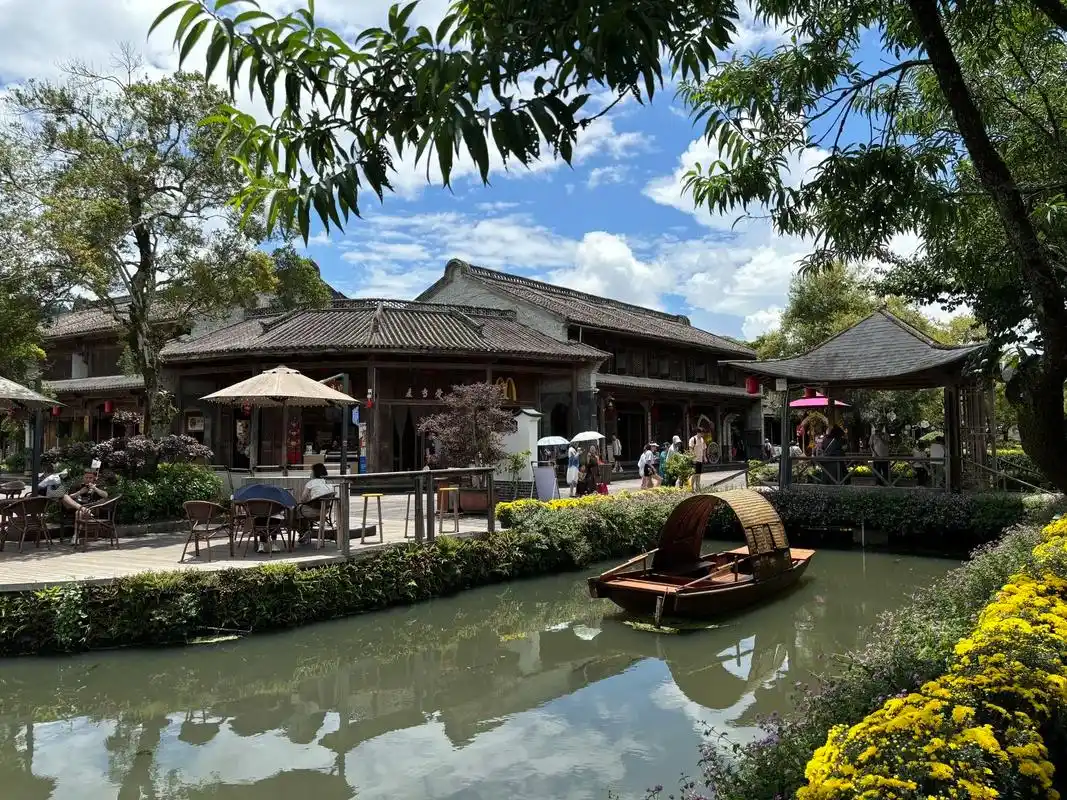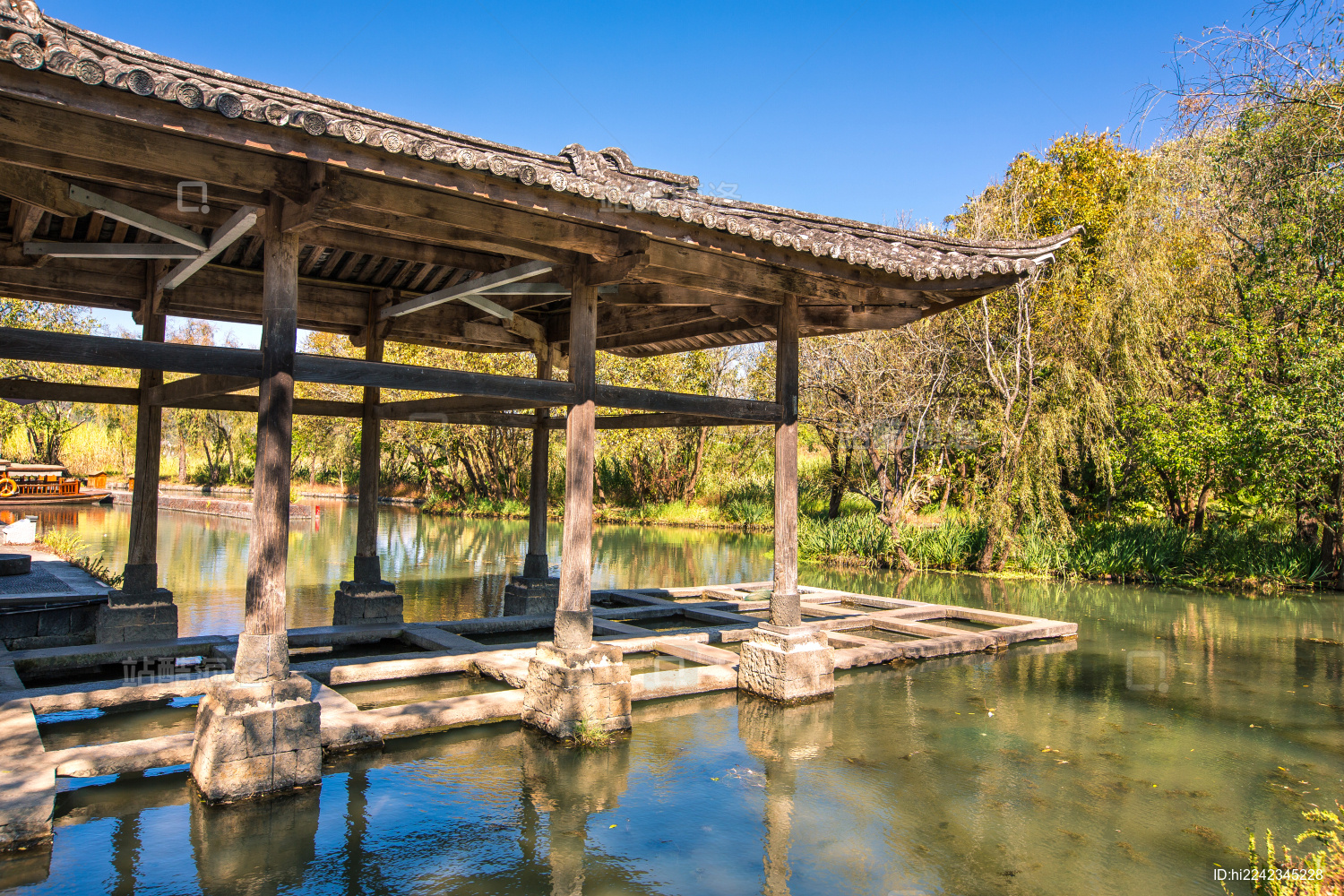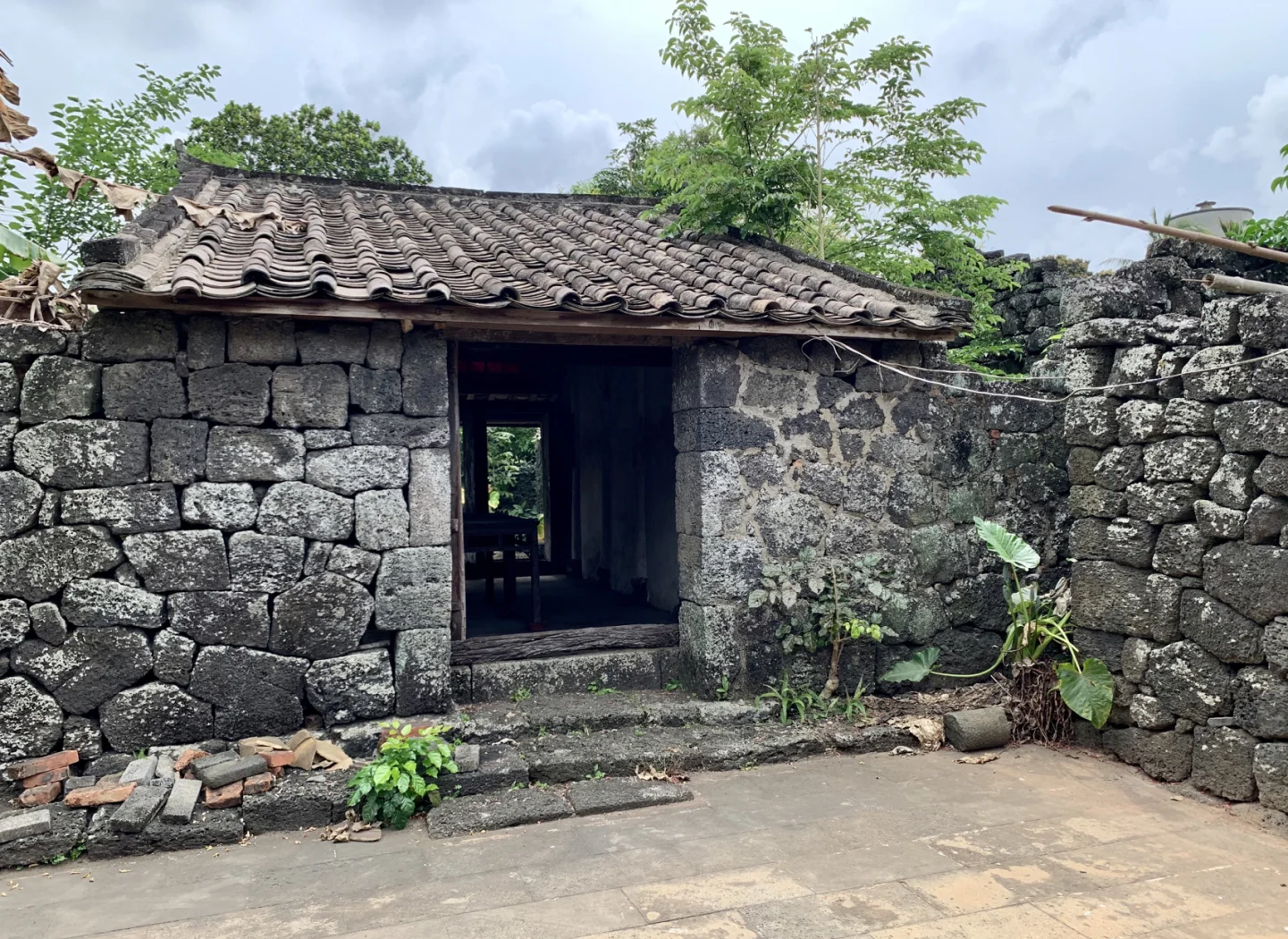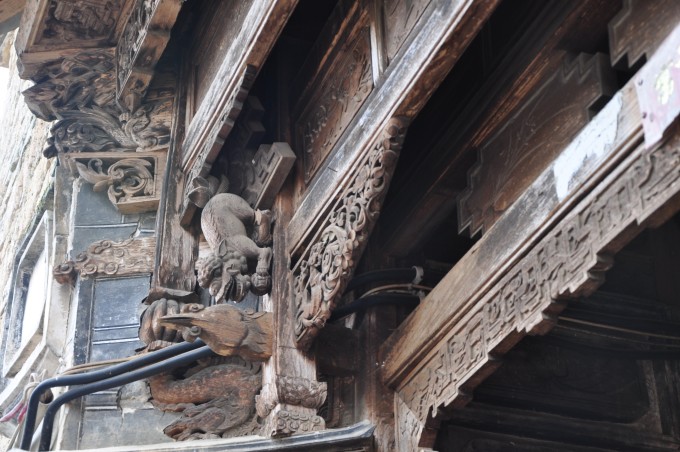Located in Tengchong City, Baoshan, Yunnan Province, Heshun Ancient Town is one of Yunnan's most representative borderland overseas Chinese ancient towns. Founded during the Hongwu era of the Ming Dynasty, it has a history of over 600 years. Named for "auspicious clouds and gentle winds," the town is hailed as "Yunnan's First Overseas Chinese Homeland" and "China's Top Ten Charming Towns."
The rise of Heshun Ancient Town is closely tied to Tengchong's position as an important post on the Southern Silk Road. Since the Ming Dynasty, many residents of Heshun have traveled across the oceans to Burma, Thailand, India, and other countries to engage in business and make a living, becoming early overseas Chinese. When these overseas Chinese returned home after making their fortunes, they brought back not only wealth but also Western culture and architectural styles, giving Heshun Ancient Town a unique cultural characteristic that blends Chinese and Western elements.

Today, Heshun Ancient Town still preserves a complete traditional architectural complex and a unique overseas Chinese cultural atmosphere. Built against mountains and surrounded by water, the town features beautiful scenery and exquisite architecture. It is home to China's largest rural library – Heshun Library, which houses numerous precious ancient books and documents; ancestral halls, temples, and residences that blend Chinese and Western architectural styles; as well as rich folk art and traditional customs.
With its profound historical and cultural heritage, unique overseas Chinese customs, and beautiful natural scenery, Heshun Ancient Town has become an important destination for people to explore Yunnan's borderland culture and experience the fusion of Chinese and Western cultures. It is also a paradise for photography enthusiasts.
Heshun Ancient Town and its surrounding areas offer rich attractions, including well-preserved Ming and Qing architecture, beautiful rural scenery, and distinctive venues showcasing overseas Chinese culture, all of which together form Heshun's unique tourism landscape.
Founded in 1924, it is China's largest rural library with over 100,000 books, including many precious ancient books and foreign language materials. The library building blends Chinese and Western styles, providing a serene environment and serving as an important symbol of Heshun's culture.
Birthplace of China's famous philosopher Ai Siqi (Li Shengxuan), built during the Qing Dynasty, this is a Siheyuan (courtyard house) blending Chinese and Western architectural styles. The residence showcases Ai Siqi's life story and philosophical ideas, serving as an important place to understand the development of modern Chinese philosophy.
Built during the Ming Dynasty, it is one of the most representative ancestral hall buildings in Heshun and a symbol of the Cun family in Tengchong. The ancestral hall features magnificent architecture and exquisite carvings, blending Chinese and Western architectural styles and embodying the characteristics of overseas Chinese hometowns.

Located southeast of Heshun Ancient Town, it is a beautiful ecological wetland known as "Heshun's Lung." The wetland features lush reeds and migratory birds, offering beautiful scenery and serving as an ideal place for casual walks and bird watching.

A unique architectural feature of Heshun Ancient Town, embodying the humanistic care of the overseas Chinese people. These pavilions built by the riverside provide shade and shelter from rain for women doing laundry, concretely reflecting Heshun's "cultivation and reading tradition."
Located west of Heshun Ancient Town, it is a Taoist building dating back to the Ming Dynasty, dedicated to the Xuanwu Emperor. Built against the mountain with layered structures, the pavilion has an imposing presence and offers an excellent vantage point for panoramic views of the ancient town.
Heshun Ancient Town is a famous overseas Chinese homeland in Yunnan. As early as the Ming Dynasty, residents began "Zou Yifang" (traveling to Southeast Asian countries for business). These overseas Chinese worked hard abroad, and after becoming wealthy, they did not forget their hometown. They brought back not only wealth but also Western culture and architectural styles, giving Heshun a unique cultural characteristic that blends Chinese and Western elements.


Heshun area preserves rich forms of folk art, including shadow puppetry, Dongjing music, and dragon lantern performances. Among them, Dongjing music is an ancient traditional music with a history of hundreds of years, known as "a living fossil of classical Oriental music."
Heshun Ancient Town preserves many traditional festival activities, such as Spring Festival lantern shows, Qingming Festival tomb sweeping, and Dragon Boat Festival dragon boat races. The most distinctive is the "Cai Jie" (Street Parade) activity, during which villagers wear traditional costumes and hold various lanterns to parade through the ancient town streets to celebrate.
Heshun cuisine blends Yunnan and Southeast Asian characteristics, with specialties like Dajiujia (fried rice cake), Tuoguozi (clay pot stew), Xidoufen (pea flour soup), and Juanfen (rice rolls). Local tea is also famous, especially "Dajinzhen" (Golden Needle) and "Zaochun Lvcha" (Early Spring Green Tea) which are of excellent quality. Additionally, due to its overseas Chinese connections, there are also some special dishes that blend Southeast Asian flavors.
The architecture of Heshun Ancient Town is a model of the fusion of traditional Chinese architecture with Southeast Asian and Western architectural styles, forming a unique style:
| Spring (Feb-Apr) | Rape flowers blooming, pleasant climate, most suitable for visiting |
| Summer (May-Jul) | Rainy season begins, humid climate, lush vegetation |
| Autumn (Aug-Nov) | Clear sky, golden rice fields, beautiful scenery |
| Winter (Dec-Jan) | Warm climate, good place to escape the cold |
There are many restaurants in the ancient town offering local specialties such as Dajiujia, Tuoguozi, Xidoufen, and Juanfen; it is recommended to try authentic Tengchong cuisine in the alleys of Heshun
There are various accommodation options in the ancient town, ranging from budget hostels to high-end boutique homestays. Many inns are renovated from ancient buildings, providing a quiet environment where you can experience the unique charm of traditional architecture
Heshun Town, Tengchong City, Baoshan, Yunnan Province
National AAAA Level Tourist Attraction
Approximately 17.4 square kilometers
Founded during the Hongwu era of the Ming Dynasty, over 600 years ago
Overseas Chinese culture, Chinese-Western architecture, volcanic geothermal
Subtropical monsoon climate, spring-like all year round
February-April, August-November
Ancient town walking, hot spring bathing, library visits
Pleasant climate, very suitable for visiting. It is recommended to bring sun protection and comfortable walking shoes
Founded in 1924, it is China's largest rural library, funded by Heshun overseas Chinese, reflecting the tradition of valuing education in the overseas Chinese hometown
"Zou Yifang" is a tradition of Tengchong people going to Southeast Asian countries for business and making a living, beginning in the Ming Dynasty and flourishing in the Qing Dynasty, forming a unique overseas Chinese culture
Tengchong has many volcanoes, and local residents use volcanic stones to build houses. These buildings are warm in winter and cool in summer, durable, and a major feature of Heshun's architecture
Heshun Ancient Town preserves a strong tradition of clan culture. Each major surname has its own ancestral hall, where regular clan activities are held to pass on family culture
Heshun Ancient Town emphasizes ecological environmental protection, and the concept of "600-year-old land of good feng shui" is deeply rooted in people's hearts, reflecting the wisdom of harmonious coexistence between humans and nature